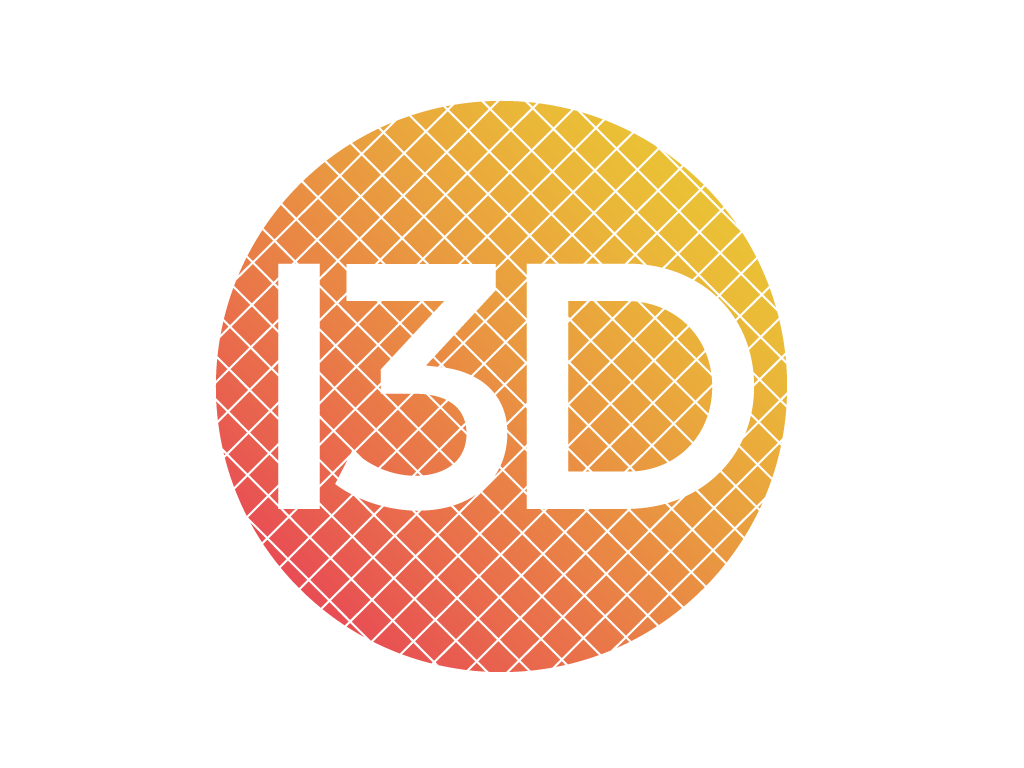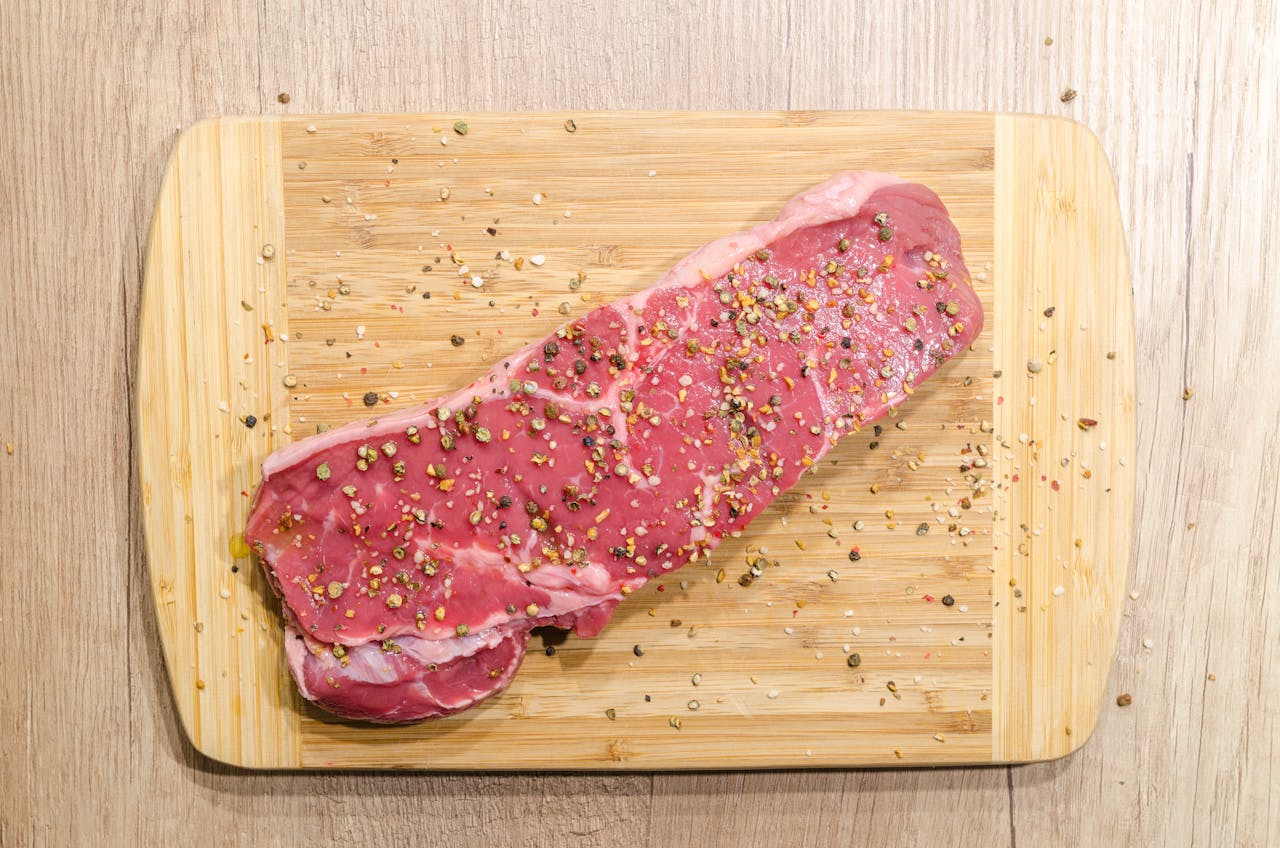Usually we start appreciating progress when it works and hits home, like when technology started yielding results, assistance and leveraging revenue, although everything comes at a cost and sometimes over a period of time.
Now, instead of affecting our precious pockets only, imagine if tech lures us via the food sector by 3D printing food! Bet we have got your attention, and mind you if you never heard about this one, well believe it or not it has been around for over 15 years now. Granted, it was still early days at the time with explorative technologists, curious scientists and enthusiasts trying to use foodstuffs for printing on machines which were developed for other materials. The very first ingredients used were chocolate and sugar paste.
Nowadays, with refined printing machines, 3D food has come a long way. Let`s delve more to see why this exists, the benefits and more.
3D Food Printing Mechanisms
If you are new to this niche it is good to know how printing food in 3D works. At the beginning food printing was limited to the form of sculptures or designs, but now it has evolved in a way that even pasta can be crafted, or 3D printed, also lab-grown meat can be created too, while catering for personalised nutrition is possible.
It all starts from a blue print or design which is read and processed by the 3D printing machine, which in turn will use food, typically in paste or powder form, to print layer-by-layer in line with the order. The layers will fuse and solidify forming the final edible product.
This way various food components can be included like proteins, carbohydrates and fats, while the technique`s precision will reduce food waste, enhance efficiency in production while also enable personalised customised food orders.
Methods used in 3D food printing include:
- Digital Modeling – the 3D printer is guided in creating accurate structures layer-by-layer by following a designed digital representation of the food item
- Extrusion Systems – food material here is usually found in paste or powder form, and it is extruded or pushed through a nozzle for precise deposition
- Material Science – taste, texture, and nutritional aspects are considered for optimal printing results when developing edible materials which are compatible with 3D printing
- Layering Techniques – ensuring proper adhesion and consistency in the final 3D food product by printing efficiently successive and accurate layers
- Post-processing Methods – the printed food items maybe heated or cooled to enhance the texture, taste, and overall quality
- Bioprinting – exploring the potential of sustainable and customised food products with unique health benefits which can be created by printing with living cells
- Sensors & Monitoring – real-time monitoring and adding sensors to the process will ensure precision, while parameters may be adjusted if need be for optimal results
Ingredients
As aforementioned, there is a wide array of food ingredients with proteins, starch, and fat which can be used for 3D printing. Here we list some of the most popular ones:
- Proteins
- Carbohydrates
- Fats & Oils
- Fibres
- Hydrocolloids
- Nutrients & Vitamins
- Sweeteners
- Water-based Mixtures
In order to obtain and retain its final 3D printed shape, the ingredients need to have two essential things: viscosity and mechanical strength.
Samples
Here`s some virtual free food sampling for you, just kidding, we didn`t get there yet. Meanwhile, we are listing what can you expect from printing food in 3D:
- Cultured meat: we already touched base on this, 3D printing technology offers innovative ways to showcase lab-grown or alternative proteins on menus
- Plant-based meat: chefs are enabled to create intricate plant-based meat structures, increasing visual appeal and innovating dining experience allowing creativity, while meeting the ever-increasing demand for alternative protein source
- Chocolate: again here chefs are able to up their game via 3D food printing which can yield intricate designs, sculptures and custom-shaped treats, enhancing the presentation of chocolate-based desserts
- Fish: for seafood lovers, but rest assured that we are not going to try and squeeze a whole fish past the 3D printer nozzle, no sir, instead here we are using fish substitutes exploring new textures and shapes, offering unique culinary experience for diners
- Pasta: chefs here can go artistic with complex designs and shapes redefining pasta plates like never before
Advantages & Disadvantages
Like in everything else, there are the benefits but also those things which are still hindering the global spread of 3D food printing as you can notice from the following:
Pros
- Customisation
- Tailored nutrition
- Easier swallowing
- Plant-based meat
- Reducing food waste
Cons
- Expensive equipment
- Limited flavour when compared to traditional cooking methods
- Inconsistent, subpar ingredients or material quality effects final products
- Ethical or cultural issues – there are values or traditions revolving around food preparation and cooking techniques
Is it Safe?
This depends on several factors such as:
- Food-grade materials
- Hygiene and sterilisation
- Regular compliance
- Research and testing
Future Trends and Predictions
3D food printing is changing the sector as the market is expected to grow to around USD1.65 billion by 2030.
Personalised nutrition via intricate designs can be attained, so customising tailored meals to individual dietary needs is another sustainable practice, while at the same time reducing food waste via exact ingredient utilisation.
This new technology can build shorter, stronger, and more resilient food supply chains simply by moving it closer to both the manufacturing organisations and/or consumer locations.
In Conclusion
The food and beverage industries can be transformed with this new technology, as 3D printed food will not only reduce food waste and environmental impacts, but it also allows precise control over ingredients and nutritional contents, capable of catering for any individual dietary needs or preferences.
This type of technology is still evolving but its potential to address food security challenges, minimise surplus, while enhancing culinary creativity is promising. Raw materials can be transformed into intricate, customised shapes which open up endless possibilities for presentations and taste practices.
3D food printing is taking the world by storm holding the potential to revolutionise the way we produce, consume and experience meals.





